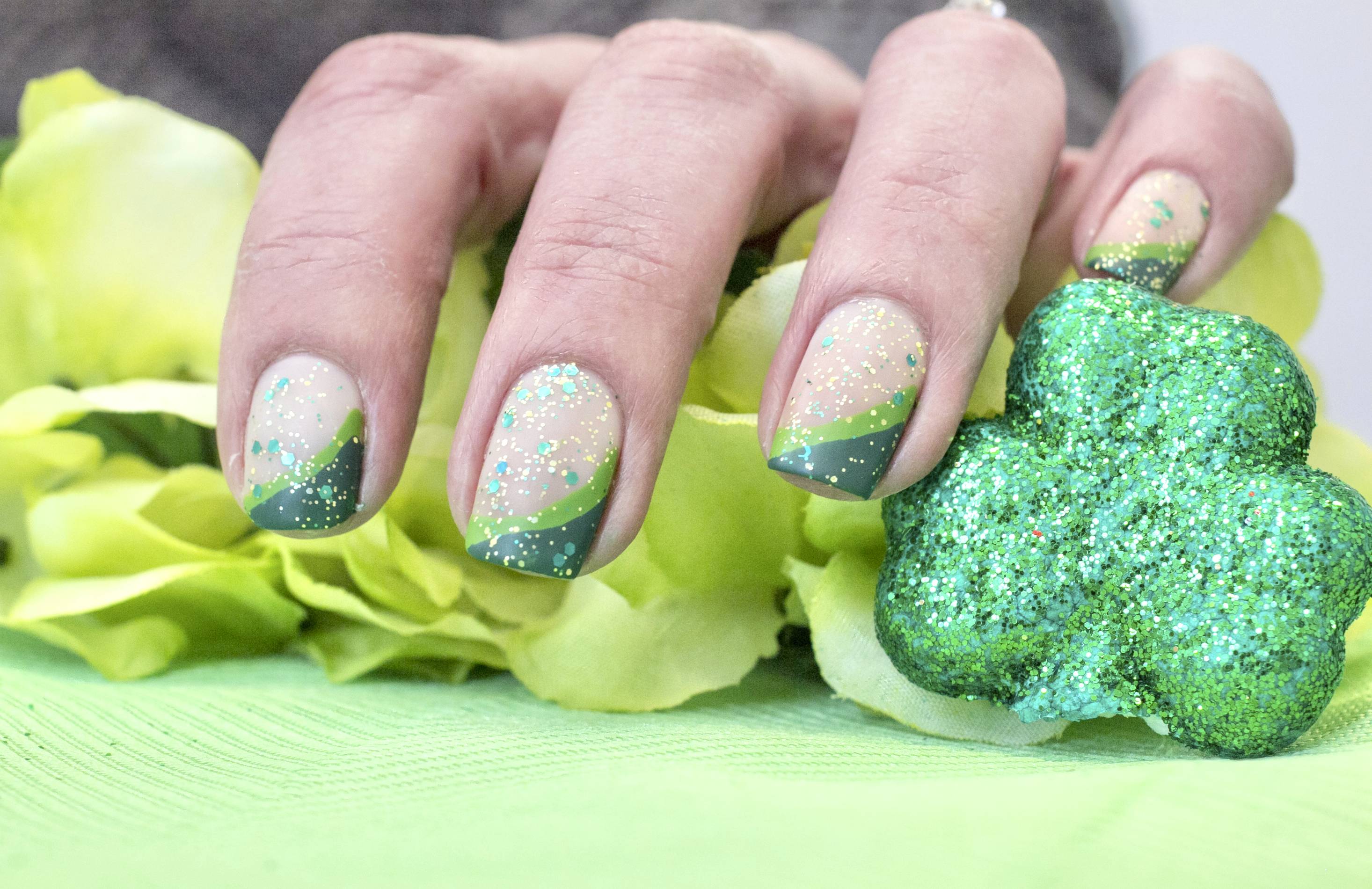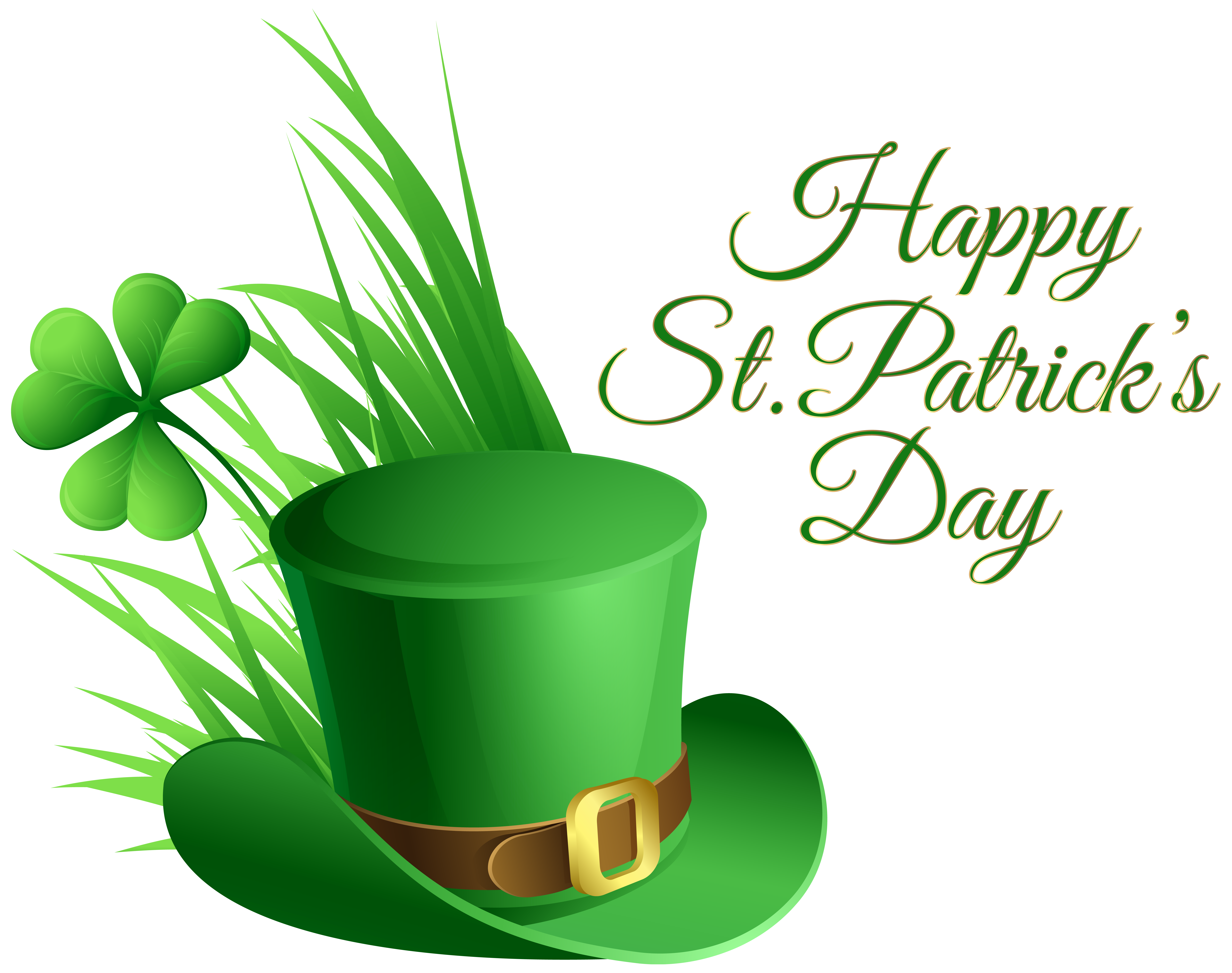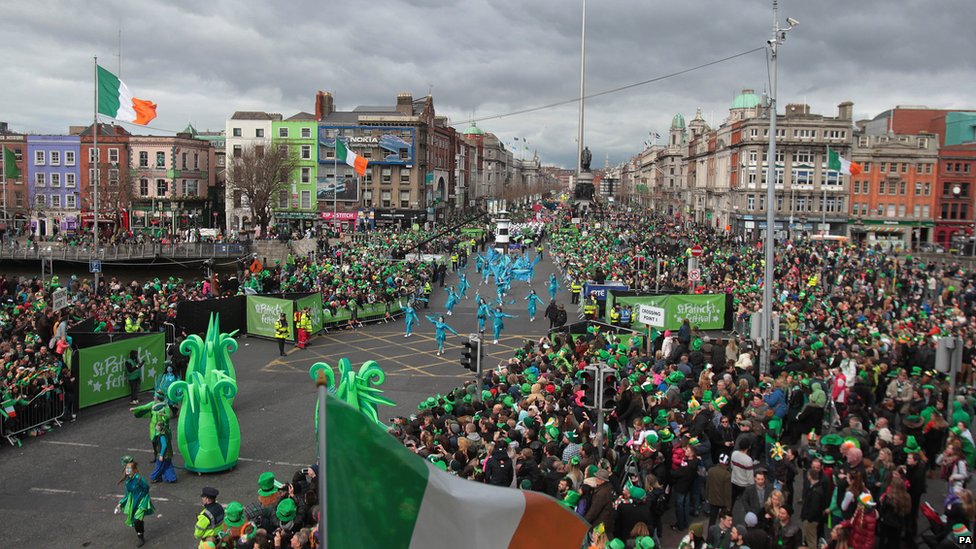Gallery
Photos from events, contest for the best costume, videos from master classes.
 |  |
 | |
 | |
 | |
 | |
 |  |
Saint Patrick’s Day, feast day (March 17) of St. Patrick, patron saint of Ireland. People of that country celebrate the day with religious services and feasts, but Saint Patrick’s Day has transformed into a largely secular holiday of revelry in other parts of the world. St. Patrick’s Day is associated with many things, all of which have different meanings for different people: wearing green, breaking Lent, making an attempt to try out your cúpla focal, going 73 Funny St. Patrick’s Day Jokes For Adults And Kids; The Best Irish Songs And The Best Irish Films Of All Time For Paddy’s Day; 8 Ways That We Celebrate St. Patrick’s Day In Ireland; The Most Notable St. Patrick’s Day Traditions In Ireland; 17 Tasty St. Patrick’s Day Cocktails To Whip Up At Home; How To Say Happy St. Patrick’s Day What is the History of St. Patrick’s Day? The first St. Patrick’s Day celebration took place in Ireland as a religious observance. By the 9th or 10th century, the Irish had begun observing March 17 as St. Patrick’s Feast Day. The holiday’s popularity grew over time, particularly among Irish immigrants in the United States. It is a dish synonymous with St. Patrick’s Day, and it rightfully earns its place at every gathering. Corned Beef & Cabbage is a nod to heritage, evolving into a cooking tradition celebrated on this special day. With roots steeped in history, its rich aromas create an inviting atmosphere for friends and family. Monday, March 17 is St. Patrick's Day, celebrating all things Irish in the U.S. and around the world. Cities celebrate with parades, bar crawls and more. Saint Patrick died on March 17, 461, which later became the day we celebrate him and the Irish. America’s first St. Patrick’s Day celebration was in 1600 in the Spanish colony of present-day What are the St. Patrick’s Day colors, and what do they mean? Although green is nearly ubiquitous in St. Patrick’s Day celebrations these days, there are actually multiple St. Patrick’s Day St. Patrick’s Day is a global celebration of Irish culture that takes place annually on March 17, the anniversary of the patron saint of Ireland's death in the fifth century. The holiday has St. Patrick's Day, observed on March 17, has transitioned from a feast day in Ireland to a widely celebrated holiday in the United States. The holiday commemorates St. Patrick, the patron saint of No, St. Patrick did not drive snakes out of Ireland. While the legend is deeply ingrained in Irish folklore and celebrated every St. Patrick’s Day, scientific evidence and historical context tell a different story. The truth is far more nuanced and fascinating than a simple tale of a saint and a snake-free land. The Truth Behind the Legend St. Patrick's Day, observed on March 17, has transitioned from a feast day in Ireland to a widely celebrated holiday in the United States. The holiday commemorates St. Patrick, the patron saint of S t. Patrick’s Day has no shortage of iconography, but for those who celebrate on March 17 — which falls on a Tuesday in 2020 — one symbol stands above the rest: the shamrock.. The holiday The first St. Patrick's Day parade currently on record was held in St. Augustine, Florida, in 1601, historians say. Not, as some might assume, on the Emerald Isle. This is an accepted version of this page This is the latest accepted revision, reviewed on 17 March 2025. Cultural and religious celebration on 17 March For other uses, see Saint Patrick's Day (disambiguation). Saint Patrick's Day Saint Patrick depicted in a stained-glass window at Saint Benin's Church, Ireland Official name Saint Patrick's Day Also called Feast of Saint Patrick Lá Fhéile What does St. Patrick's Day celebrate? Originally, the Irish holiday was meant to honor the patron saint of Ireland, Saint Patrick. Now, the day has become a celebration of Irish culture. Born in While green is the color most frequently associated with the holiday the other St. Patrick’s colors still have special meanings. As St. Patrick’s Day is a celebration of both Saint Patrick and Ireland, some of the St. Patrick’s Day colors tie directly to the patron saint, while others are more representative of Ireland itself. Discover the true essence of St. Patrick's Day in our insightful article, which dives deep into its historical, cultural, and religious significance. Explore the rich symbolism behind the shamrock, the color green, and the whimsical leprechaun, revealing how this holiday transcends mere festivities. Uncover the evolving celebration that connects people globally, fostering pride in Irish Saint Patrick’s Day has evolved far beyond its origins as a religious feast day, turning into a worldwide celebration of Irish culture, heritage, and just plain fun. In cities across the U.S. and beyond, massive parades take over the streets, with New York City and Chicago hosting two of the biggest. The first-ever St. Patrick's Day parade in the U.S. took place in Boston in 1737, with New York following in 1762, according to the History Channel. Do People in Ireland Celebrate St. Patrick's Day?
Articles and news, personal stories, interviews with experts.
Photos from events, contest for the best costume, videos from master classes.
 |  |
 | |
 | |
 | |
 | |
 |  |